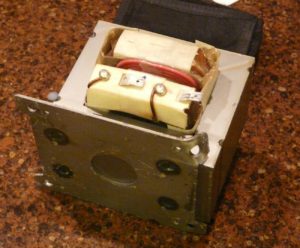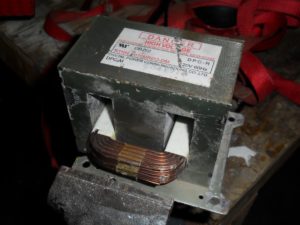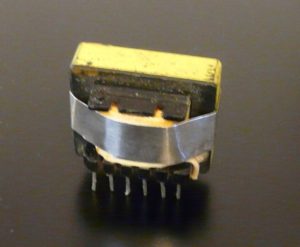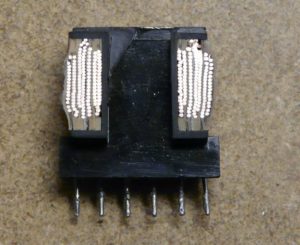Transformers as we all know are essential in electrical and electronic devices. Used for several purposes such as impedance matching, voltage-current change, electrical isolation, long distance transmission and even to manipulate chemistry and physical properties of materials in the laboratory or industry.
Microwave Oven Transformers:
Microwave Oven Transformers or “MOTs” are often reused by hobbyists due to the high power and good volt-per-turn construction. A disadvantage in using MOTs is that they are meant for intermittent use and are inefficient. Transformers of all types as well as inductive and magnetic device like motors, are expensive compared to other electrical components like semiconductors or capacitors.
In the specific case of MOTs a large steel cross section is used to gain a high magnetizing value per loop of copper. This allows few turns of copper to produce the needed output. Usually 120 Vac or 240 Vac at 60Hz with an output of 1-2 kW for 30 seconds at a time. Common output voltages are in the 2kV range to drive the magnetron to generate the microwaves needed to cook food.
The reason for deliberately designing inefficiency into the system is often stated as “The maker pays for the copper and steel and sells it once, but the user pays the electric bill forever.” Modern microwaves typically use SMPS’s to generate the needed voltage and power at much high efficiency at much less cost. These so-called MOTs are falling out of use.

MOT as they look when removed from microwave ovens. This one shows signs of damage due to dropping, they are quite heavy.
Ferrite Transformers :
Ferrite transformers are a huge improvement





